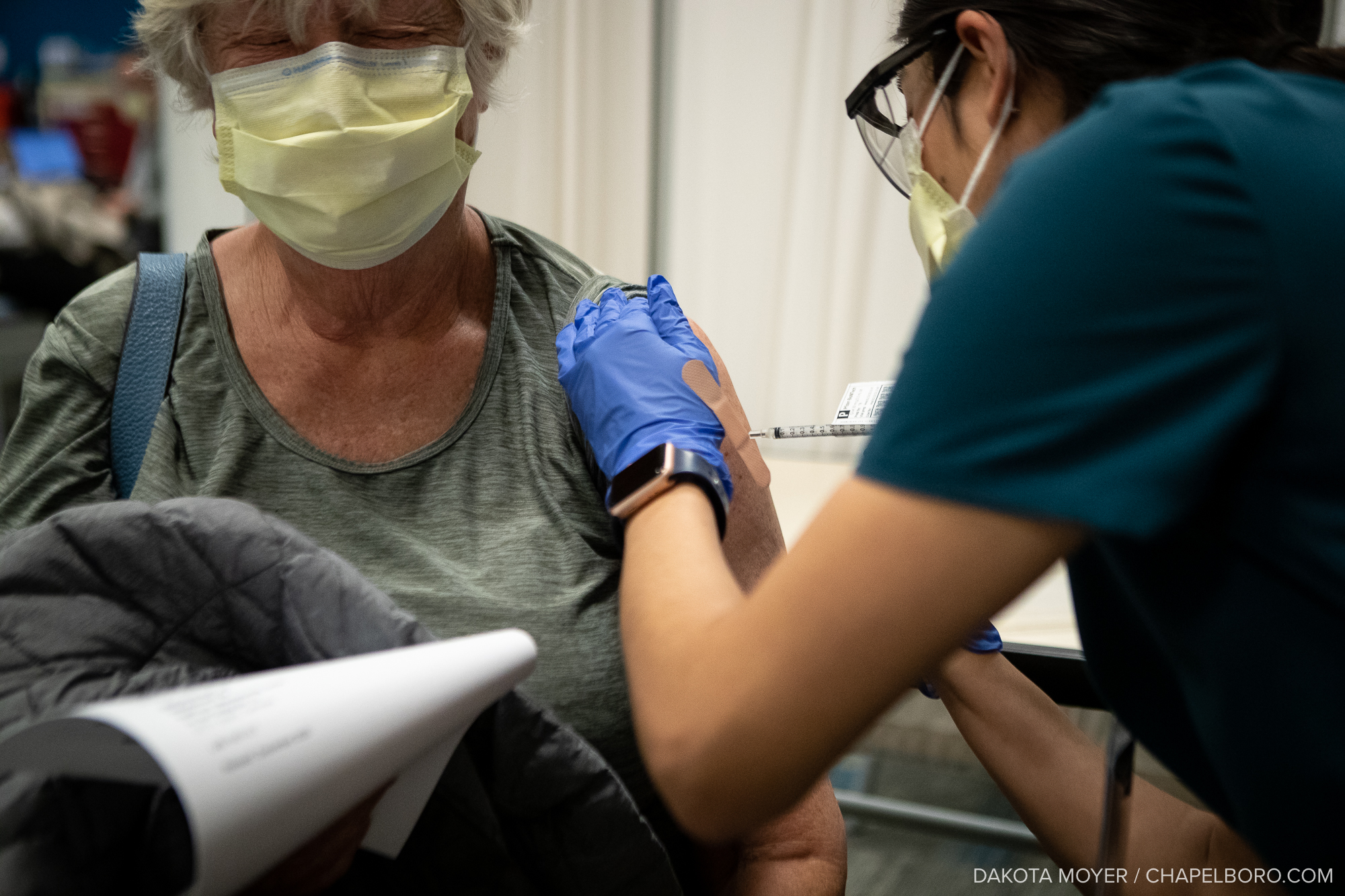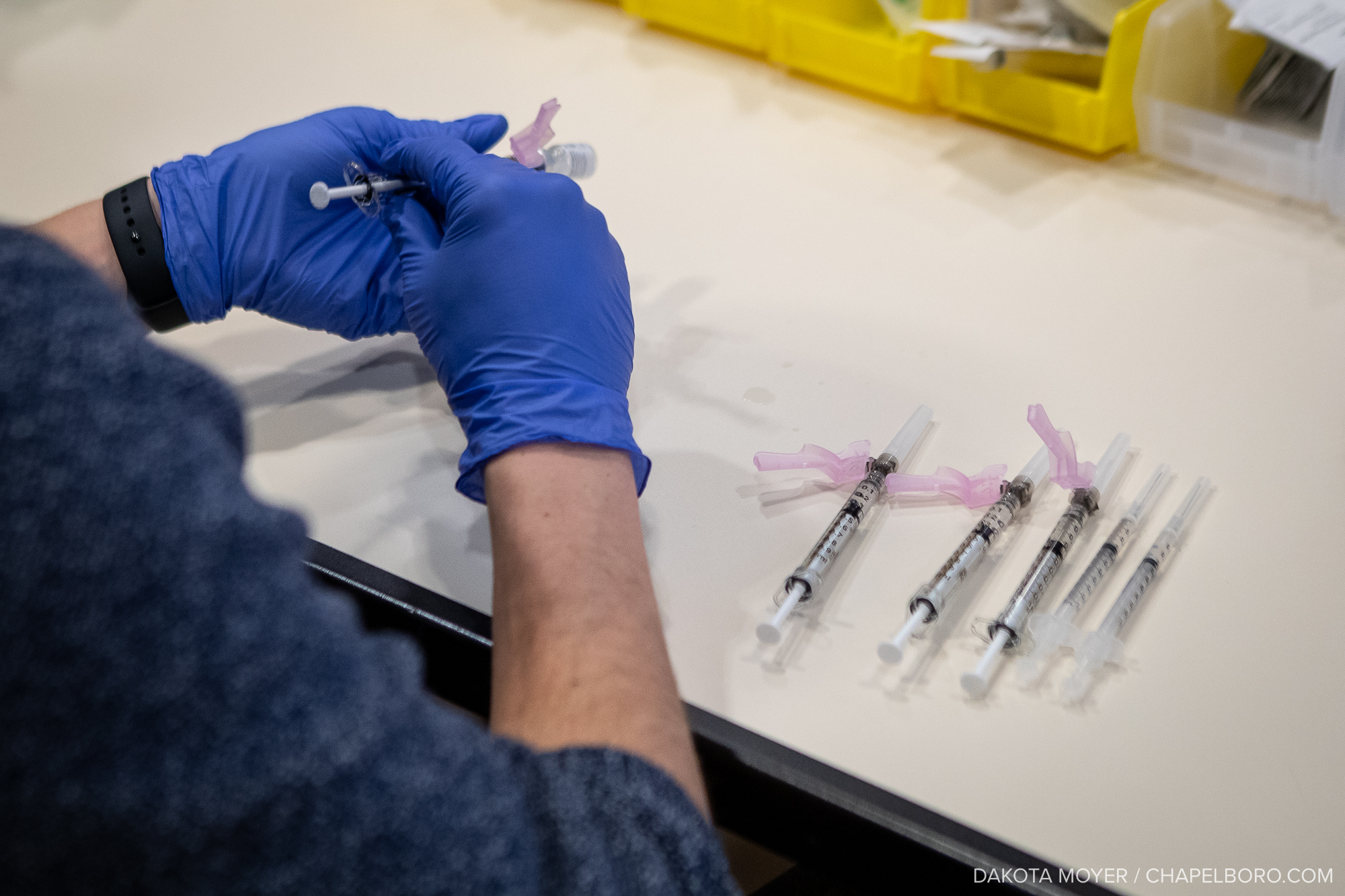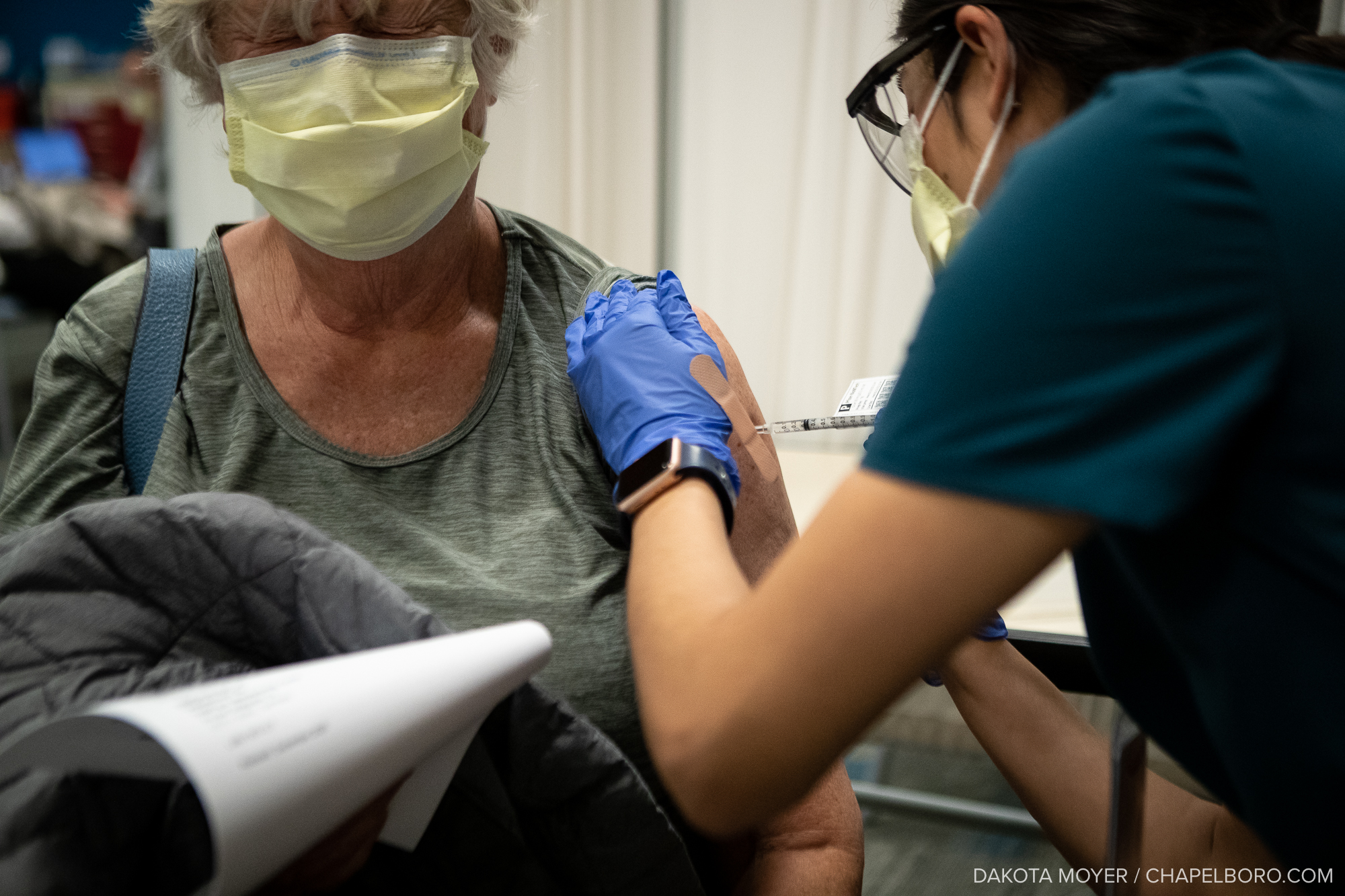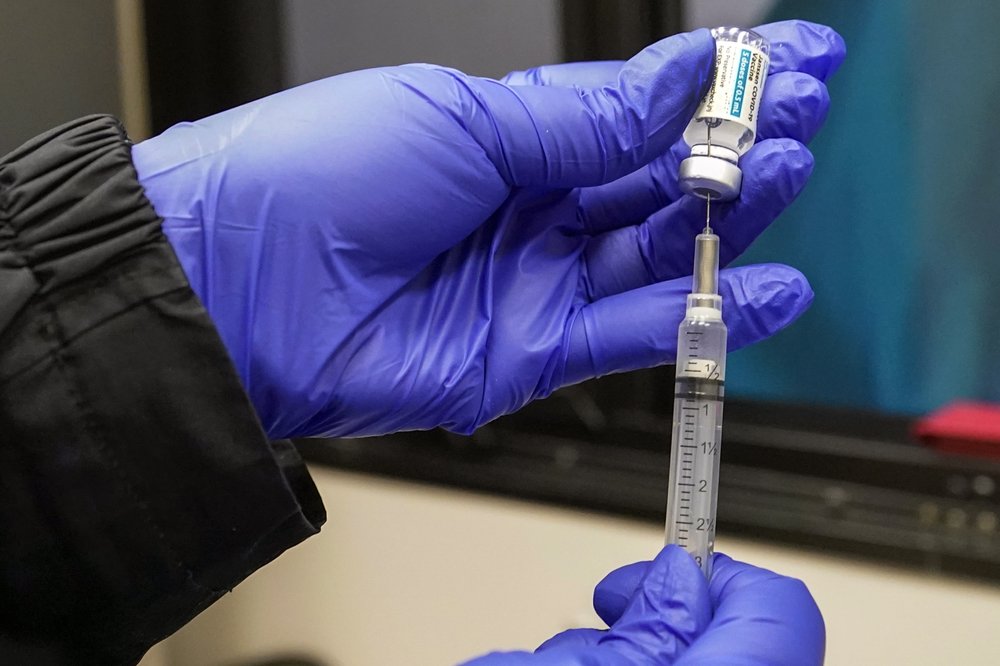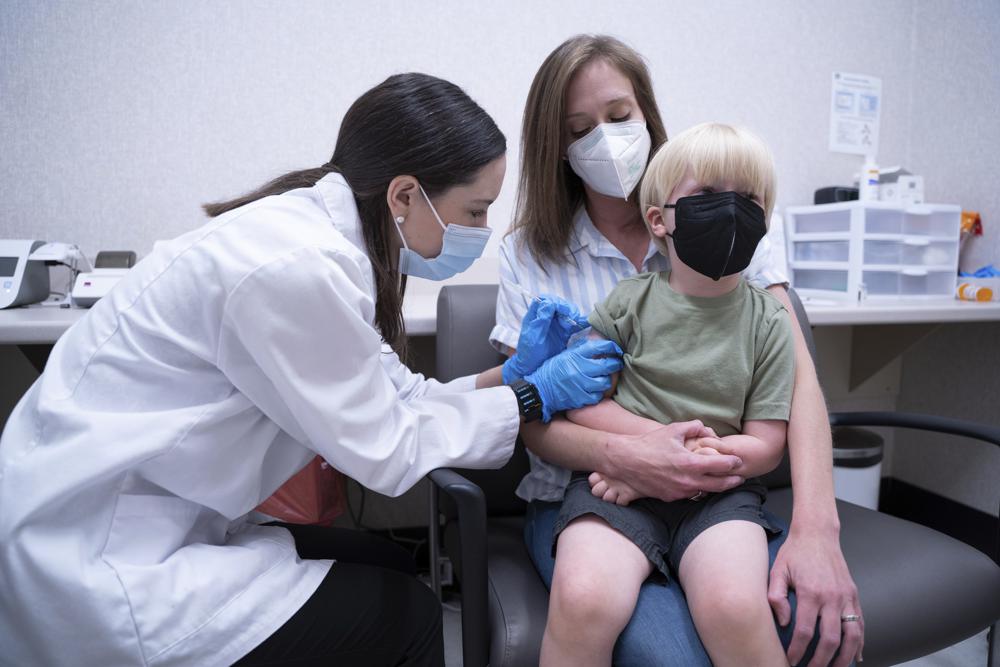COVID-19 metrics are back on the rise, locally and statewide as well as nationally — but with improved treatments, widely available vaccines, and much lower hospitalization and death rates, more and more of us are feeling comfortable returning to (something like) normal. Mask mandates are going away, vaccine requirements are rarer, and states of emergency are being lifted if they haven’t been already. And more and more of us are going back to work in person — though of course a lot of us have learned we prefer working from home as a general rule.
Is all of this just wishful thinking? Are we ditching our COVID protocols too soon? Or is this the right approach?
97.9 The Hill’s Aaron Keck spoke this week with Orange County Health Director Quintana Stewart. Stewart said the long-term outlook is positive and the relaxed restrictions are generally appropriate — though we shouldn’t scrap our masks entirely just yet.
Listen to their conversation.
Aaron Keck: What should folks know about the latest COVID numbers? What stands out to you?
Quintana Stewart: Here in Orange County, (we’re) still a very highly vaccinated community, and that remains our best tool at this time against the virus. Looking at the data that came out this week, Orange County (and) the state in general saw a slight decrease in overall cases — however, still a little higher than we would like. When we look at the community level, our CDC map, we are in the medium category, and the metric that is pushing us over into that category is the number of cases.
Keck: And that number is probably lower than the real number of cases, right? Because people test at home, they test positive, but they don’t necessarily report that to the state.
Stewart: Correct. At this time only the PCR tests that are run through the state lab and some of our larger commercial labs are reported up to the state. We have a significant number of folks using the at-home test, which is great, but those numbers are not reported to us.
Visit the Orange County Health Department’s COVID-19 page.
Keck: How are we doing in terms of hospital capacity, and people going to the hospital with severe cases of COVID?
Stewart: Over the last couple of weeks, we saw a slight increase in hospital admissions. The goal is always to be lower than 10 (hospitalizations per 100,000 population), and we are now at 9.3 (in Orange County). But UNC Health reports they are not overwhelmed at this point. They still tell us that COVID admissions remain relatively low in comparison to the other spikes that we’ve seen throughout the pandemic.
Keck: With that in mind: how should folks be approaching COVID-19? We’re seeing a lot of cases, but hospitals aren’t overwhelmed. There aren’t nearly as many people in the hospital with COVID now as there were before. At the same time, the virus is still out there, still a risk, especially for people who are immunocompromised. There’s the danger of long COVID as well: even if you don’t get a severe case right away, you could have lingering effects. Taking all of that together: what should our approach be, in terms of just going about our day-to-day lives?
Stewart: I think it is time for us to revisit our narrative about COVID. One, it’s here. I think it’s here to stay. It’s gonna be with us. And so, for us over in public health, we are starting to treat this the same way we treat any other emergency. We know we have to just prepare for it. With regards to cases, we should expect to see them go up and come down. We’re going to see that fluctuation.
And we know what works at this point, right? There are some really strong mitigation strategies. There’s no mask mandate in place, I don’t know if those will ever come back — but folks know we have the tools, and we just have to make decisions that are wise and that protect us in our household.
So right now, if you’re immunocompromised, or someone in your household is not yet eligible for vaccination, then I would say it’s wise to still wear your mask when you’re in indoor spaces and when you’re around people where you don’t know what their COVID status is. It’s still possible for folks to walk around and be asymptomatic and not know they are carrying the virus. So wear the mask indoors, if you want to reduce your chance of catching the virus or spreading it. And then stay up to date on your COVID vaccination, if you’re eligible.
Keck: I know we’re getting closer to the day when kids under five will be able to get the vaccine. What do you know about the timeline on that?
Stewart: It’s looking really good. We’re just awaiting final approval from FDA, CDC. But what we are being told is that maybe we can expect to receive vaccine for those under five, as soon as the week of June 20. So we are hoping everything continues to progress with that approval process.
Keck: How concerned are you, or how concerned should we be, about the new variations of Omicron that are starting to work their way into the general population?
Stewart: I guess on a positive note: these variants are showing to be more transmissible, highly transmissible, but they are not showing more severe illness. So that’s kind of positive. As it continues to change and mutate, it’s not showing more severe illness as a result. So like I said: we just prepare for it. Do all the things that we know work against the virus.
Chapelboro.com does not charge subscription fees, and you can directly support our efforts in local journalism here. Want more of what you see on Chapelboro? Let us bring free local news and community information to you by signing up for our biweekly newsletter.


